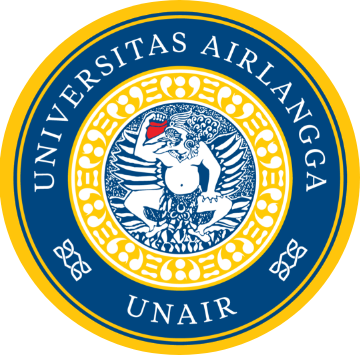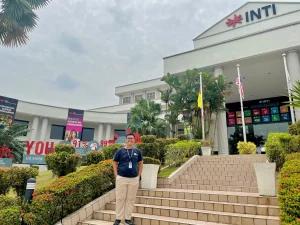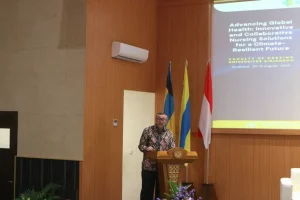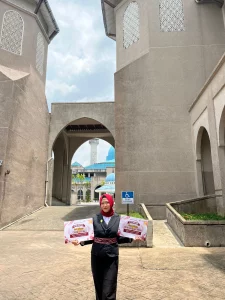UNAIR NEWS – Universitas Airlangga (UNAIR) keeps expanding relations and improving integrity through various strategic collaborations. One of its initiatives was the SDGs Training of Trainers (ToT) Workshop, a collaboration between SDGs Center UNAIR and Center for Global Sustainability Studies (CGSS) Universiti Sains Malaysia (USM).
The event was held from Tuesday (May 14, 2024) to Friday (May 17, 2024) at Amerta Room, Management Office, MERR-C Campus. The exclusive event was attended by UNAIR and USM officials, including UNAIR Vice Rector for Internationalization, Digitalization and Information Prof. dr. Muhammad dr. MKes SpPD-KGEH PhD FINASIM and his staff, as well as SDGs Ambassadors from each faculty.
In a warm welcome, Prof. Miftahussurur said that UNAIR has been a pioneer in international programs for a long time. UNAIR Rector also consistently developed the SDGs program which led to the establishment of UNAIR SDGs Centre.

Introducing SDGs
Highlighting the first day, the SDGs ToT Workshop titled “Introducing the Sustainable Development Goals (SDGs).” Dr. Suzyrman Sibly, a USM SDGs expert, opened the session. He introduced the definition of SDGs to participants.
“Sustainable development is development that provides for the social, economic and environmental needs for the present without compromising the ability for future generations to support their own needs,” Dr. Suzyrman explained.
Dr. Suzyrman’s took the definition from the Brundtland Commission report in 1987. He also emphasized that their focus in implementing the SDGs is on three pillars: society, economy, and environment.
The SDGs have 17 main goals, 169 targets, and 231 indicators. Of the seventeen main goals, several goals are classified as major challenges, significant challenges, remaining challenges, and the achievement of SDGs.
Progress to criticism
“Denmark, the Czech Republic, Estonia, Latvia, and Slovakia are the five countries with the highest number of targets achieved or on track. Meanwhile, the five countries with the largest number of targets showing progress are Myanmar, Venezuela, Papua New Guinea, Yemen and Lebanon,” Dr. Suzyrman said.
He also explained about the Criticisms of SDGs. Some assessments consider that the SDGs are too ambitious, face measurement challenges that are difficult to achieve, and have complex financing issues.
“The scope of the SDGs tends to be broader than the MDGs. Moreover, SDGs are more difficult to achieve because the goals are more complex, which makes it difficult to track progress. Achieving the SDGs requires significant financial resources, but it’s difficult to get a plan for the necessary funding,” the USM SDGs expert concluded before ending the SDGs Introduction material.
Author: Maissy Ar Maghfiroh
Editor: Feri Fenoria
Read also:
UNAIR SDGs Center emphasizes importance of environmental conservation and global justice









